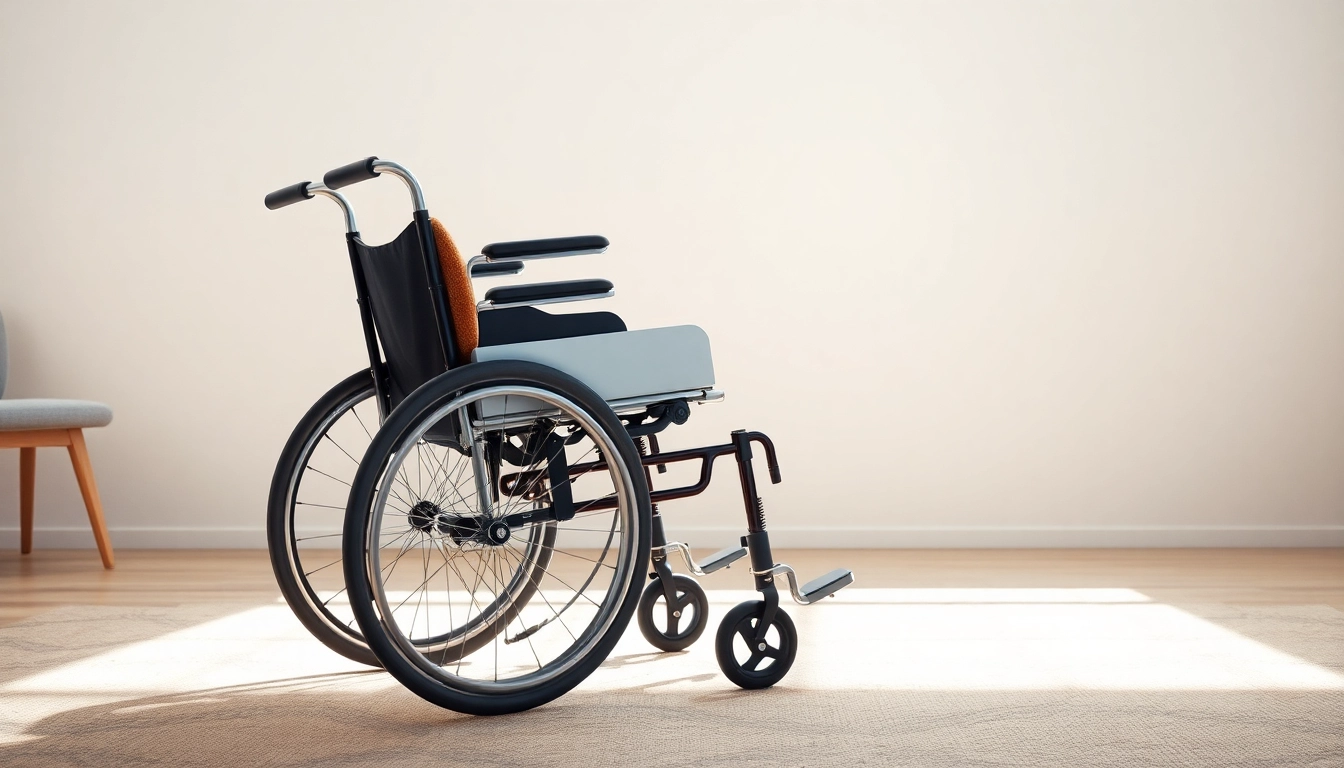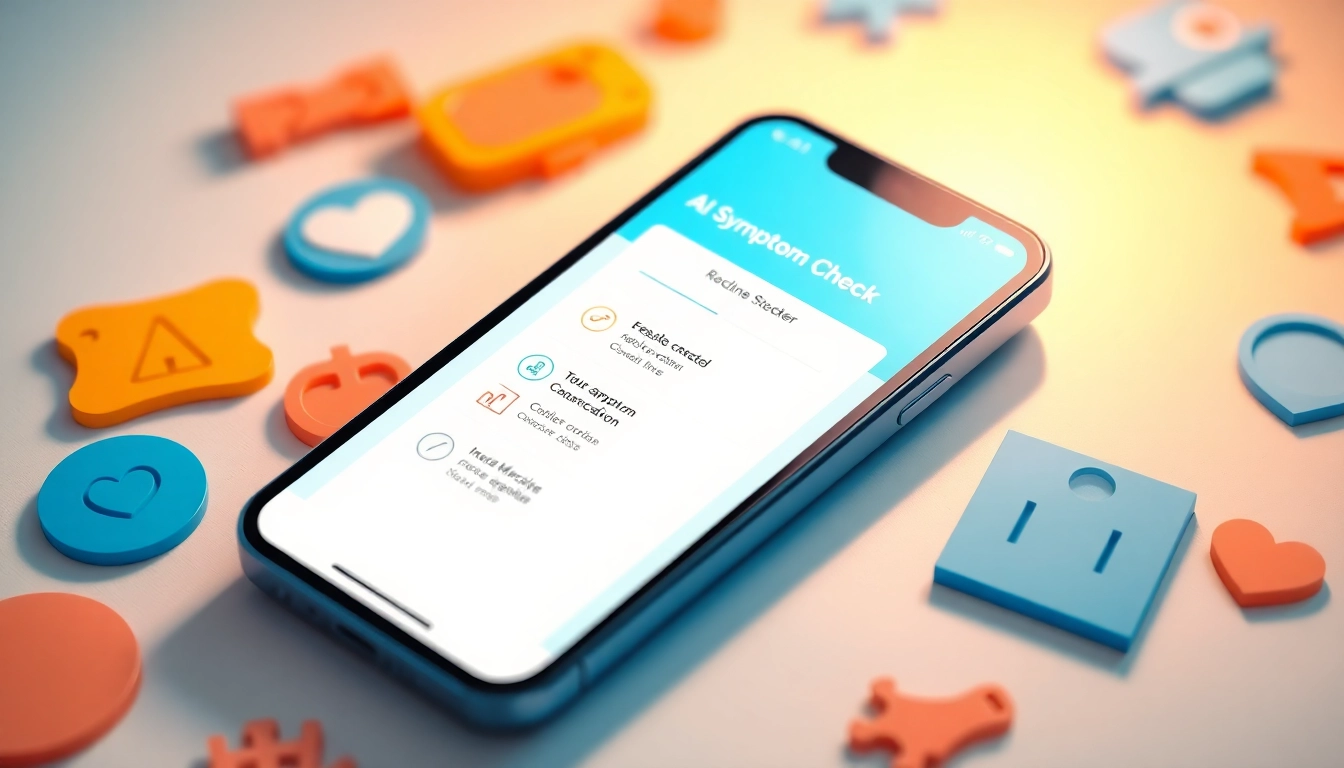Understanding Manual Wheelchairs
What is a Manual Wheelchair?
A manual wheelchair is a mobility device designed for individuals who primarily rely on arm strength to propel themselves. Unlike powered wheelchairs, manual options are lightweight and can be pushed by the user or an attendant. Typically equipped with two large rear wheels and two smaller front wheels, these wheelchairs offer users enhanced mobility and independence, making them an essential tool for navigating various environments. Available in many designs, the manual wheelchair not only facilitates movement but also offers versatility and customization to suit individual needs. Whether you are looking for something basic or a chair that incorporates advanced features, a manual wheelchair can cater to your specific requirements.
Types of Manual Wheelchairs Explained
Manual wheelchairs can be categorized into several types, each tailored to different user needs and contexts. The most common types include:
- Standard Manual Wheelchairs: These are basic chairs that provide essential mobility features. They are cost-effective and suitable for indoor use.
- Lightweight Wheelchairs: Constructed with lighter materials, these wheelchairs are designed for enhanced maneuverability, making them ideal for users who need to self-propel frequently.
- Transport Wheelchairs: These chairs are designed primarily for caregivers to transport users. They typically lack large rear wheels, allowing easy lifting and navigating tight spaces.
- Sports Wheelchairs: Specifically designed for athletic activities, these wheelchairs are built to be lightweight and durable while providing support for users involved in sports.
- Reclining and Tilt-in-Space Wheelchairs: These models offer adjustable seating positions, allowing users to change their posture for comfort and health benefits.
Benefits of Using Manual Wheelchairs
Manual wheelchairs present numerous benefits for users, enhancing quality of life significantly. Some key advantages include:
- Independence and Mobility: Users can navigate their environments, promoting self-sufficiency.
- Physical Exercise: Self-propelling a manual wheelchair encourages users to engage their upper body muscles, fostering physical health.
- Cost-Effectiveness: Generally, manual wheelchairs are less expensive than power counterparts, making them accessible for more individuals.
- Customization Options: These wheelchairs can be tailored with various accessories and modifications to meet personal needs.
- Lightweight Design: Manual wheelchairs are often easier to transport and store due to their lighter weight.
Key Features to Look For
Frame Materials and Weight Considerations
When selecting a manual wheelchair, the frame material is crucial. Common materials include:
- Aluminum: Lightweight and rust-resistant, aluminum frames are a popular choice for many users.
- Steel: Although heavier, steel frames offer greater durability and are often more affordable.
- Carbon Fiber: Known for its strength and lightness, carbon fiber frames are ideal for individuals needing a specialized design.
Weight is also a vital consideration; lighter wheelchairs ease mobility and transport, but may come at a higher cost.
Comfort and Adjustability Features
Comfort in a manual wheelchair is essential to prevent issues like pressure sores and discomfort during prolonged use. Consider these features:
- Adjustable Seat Height: Allows the user to align with different seating levels.
- Cushion Options: Various cushioning materials can enhance comfort and provide pressure relief.
- Armrests and Footrests: Adjustable or removable armrests and footrests accommodate different user preferences and postures.
Wheels and Accessibility Options
The wheels on a manual wheelchair significantly impact usability. Look for features such as:
- Wheel Size: Larger rear wheels enhance speed and ease of navigation over rough terrain.
- Quick-Release Wheels: Facilitate easy transport and storage while simplifying maintenance.
- Pneumatic vs. Solid Tires: Pneumatic tires offer shock absorption, making them suitable for outdoor use, while solid tires provide puncture resistance.
Additionally, consider options for accessibility, like features that allow the wheelchair to be easily loaded into vehicles.
Customizing Your Manual Wheelchair
Personalization for Best Fit and Comfort
Customizing your manual wheelchair can drastically improve your comfort and usability. Some options for personalization include:
- Seat Width and Depth: Having a seat tailored to your body can prevent discomfort and improve posture.
- Custom Back Support: Add-ons like lumbar supports cater to personal musculoskeletal needs.
- Personalized Color and Style: Many manufacturers offer color choices and styles that allow for individual expression.
Accessories to Enhance Functionality
Numerous accessories can enhance the functionality of manual wheelchairs, such as:
- Storage Solutions: Backpacks or bags can be attached to store personal items securely.
- Protection Gear: Items like ponchos and blankets help users stay comfortable in varying weather conditions.
- Transfer Aids: Devices that assist with moving from the wheelchair to other surfaces increase safety and ease of use.
Technology Integrations in Manual Wheelchairs
With advancements in technology, many manual wheelchairs now incorporate innovative features beneficial for users:
- Smart Wheel Technology: Some models come equipped with sensors that provide data on speed and distance traveled.
- Medication Reminders: Integrated systems can remind users to take medications at scheduled times.
- GPS Navigation: Smart technology can offer GPS-based navigation for improved freedom of movement.
Common Challenges and Solutions
Overcoming Mobility Barriers
While manual wheelchairs provide enhanced mobility, users may face specific challenges, including navigating uneven surfaces or overcoming stairs. Solutions include:
- Ramps and Lifts: Installing ramps at home or using mobile lifts can help users access different levels safely.
- Community Resources: Local organizations often provide resources for accessible transportation and public facilities.
Maintenance Tips for Longevity
Proper maintenance is essential to ensure the longevity of your manual wheelchair. Here are some tips:
- Regular Inspections: Check for wear and tear on wheels, frames, and components.
- Cleaning: Regular cleaning helps prevent rust and other damage, especially around the wheel axles.
- Professional Maintenance: Periodic check-ups from professionals can identify problems before they become serious.
Resources for Support and Guidance
Multiple resources are available for users seeking guidance on manual wheelchairs:
- Occupational Therapists: Professionals who can provide tailored advice based on individual mobility needs.
- Wheelchair Users’ Associations: These organizations often facilitate support groups and informational sessions.
- Online Forums and Communities: Engaging with fellow users online offers shared experiences and tips for overcoming challenges.
Real-Life Experiences and Testimonials
Stories from Manual Wheelchair Users
Personal testimonies from manual wheelchair users often highlight the empowerment these devices facilitate:
- John’s Journey: After transitioning to a manual wheelchair, John found new independence in commuting to work, sharing his encounters on social media to support others.
- Maria’s Adventures: Maria utilizes her lightweight wheelchair for outdoor hikes, demonstrating the versatility of modern manual wheelchairs.
Expert Insights and Recommendations
Experts in mobility often emphasize the importance of choosing the right manual wheelchair:
- Dr. Smith, Rehabilitation Specialist: “Selecting a manual wheelchair that fits well and suits the user’s lifestyle can dramatically enhance their quality of life.”
- Sara, Occupational Therapist: “Always encourage users to consider both comfort and functionality in their wheelchair decision-making.”
Community Support and Resources
Communities play a crucial role in providing support to manual wheelchair users:
- Networking Events: Many organizations host gatherings for users to share insights and resources.
- Online Platforms: Social media groups focused on mobility challenges often serve as supportive environments for sharing experiences.
- Advocacy Programs: Initiatives aimed at increasing accessibility in public and private spaces help create a more inclusive community.



